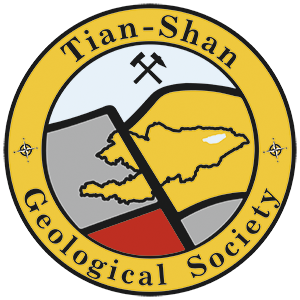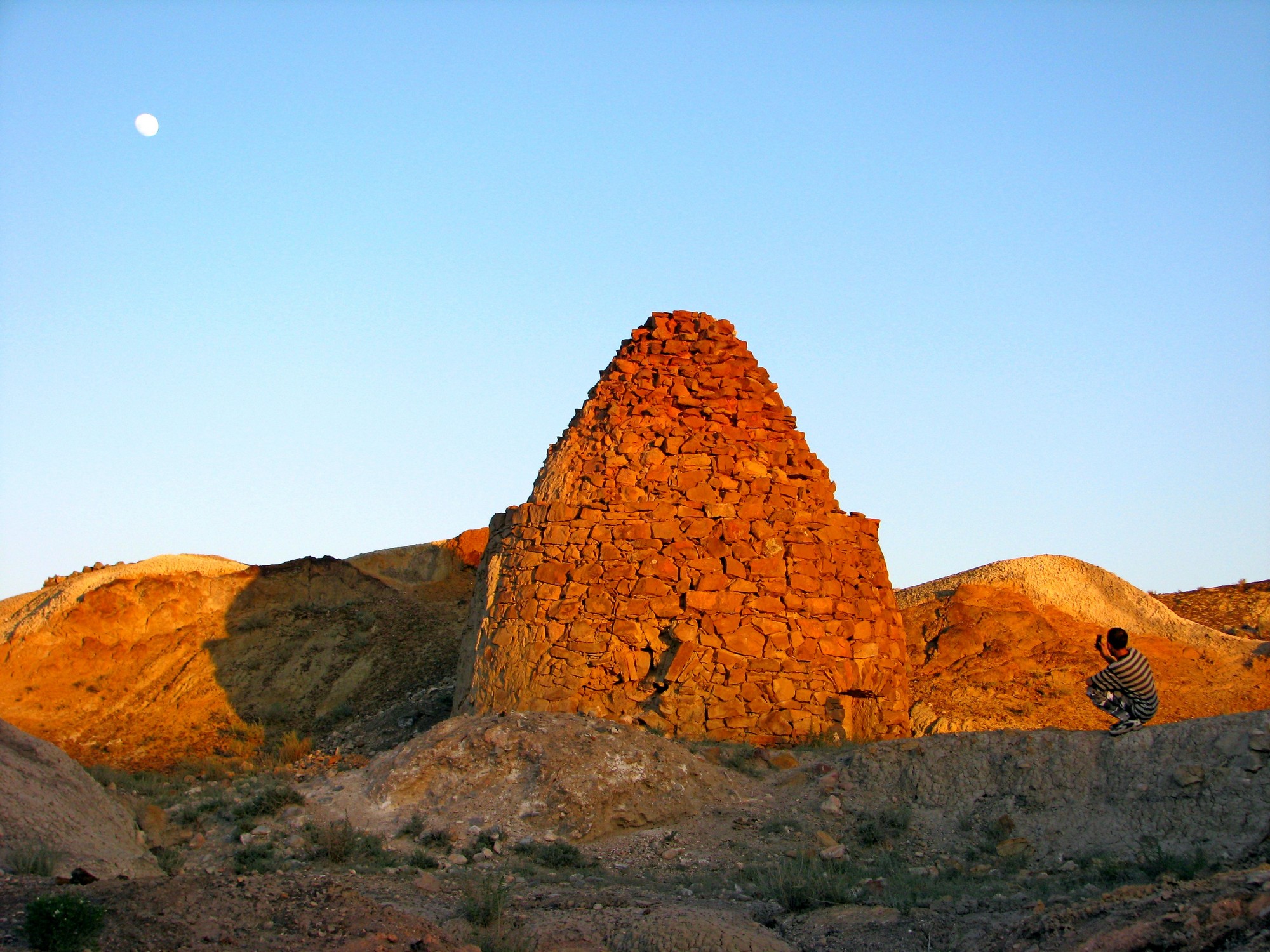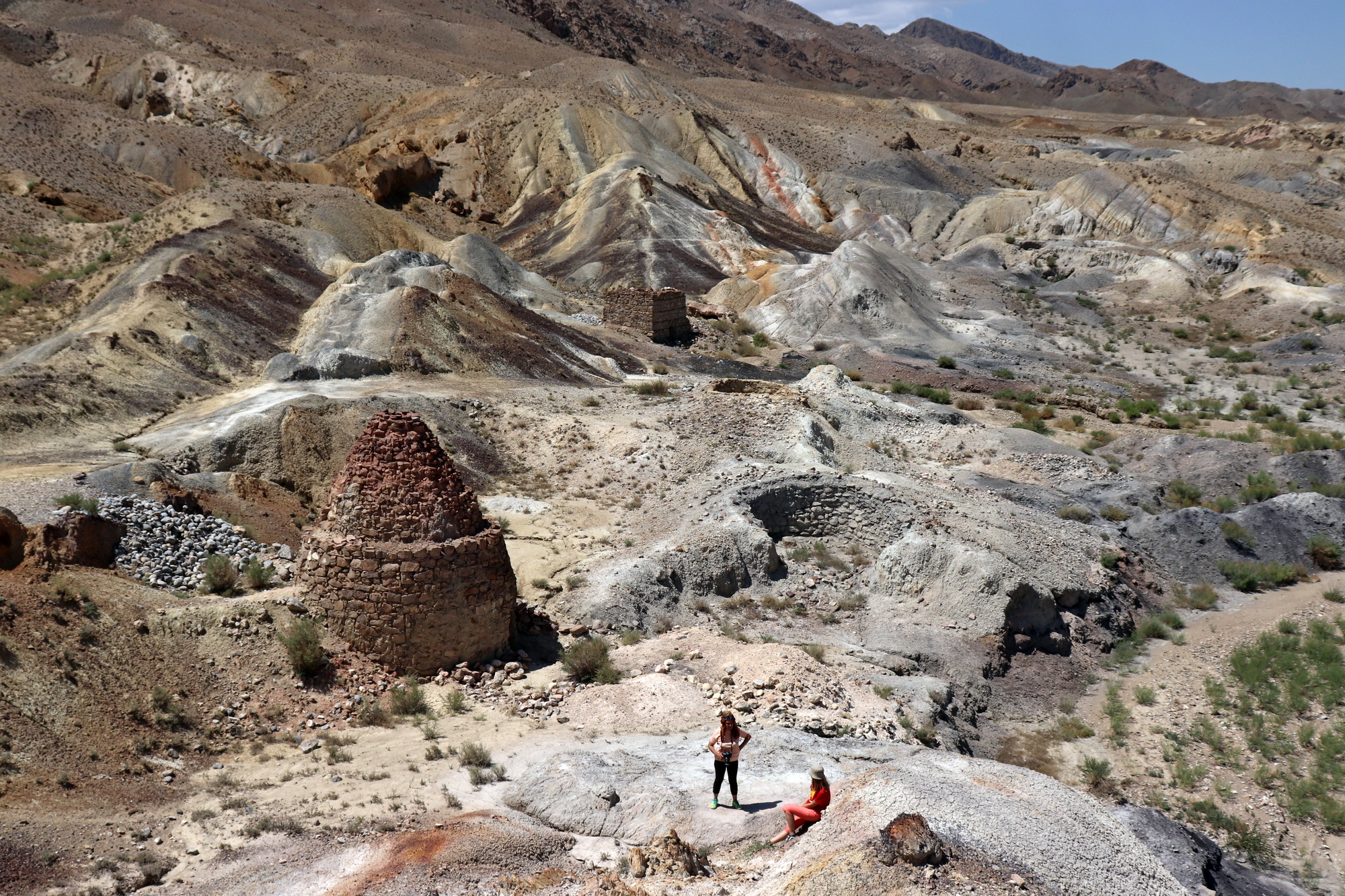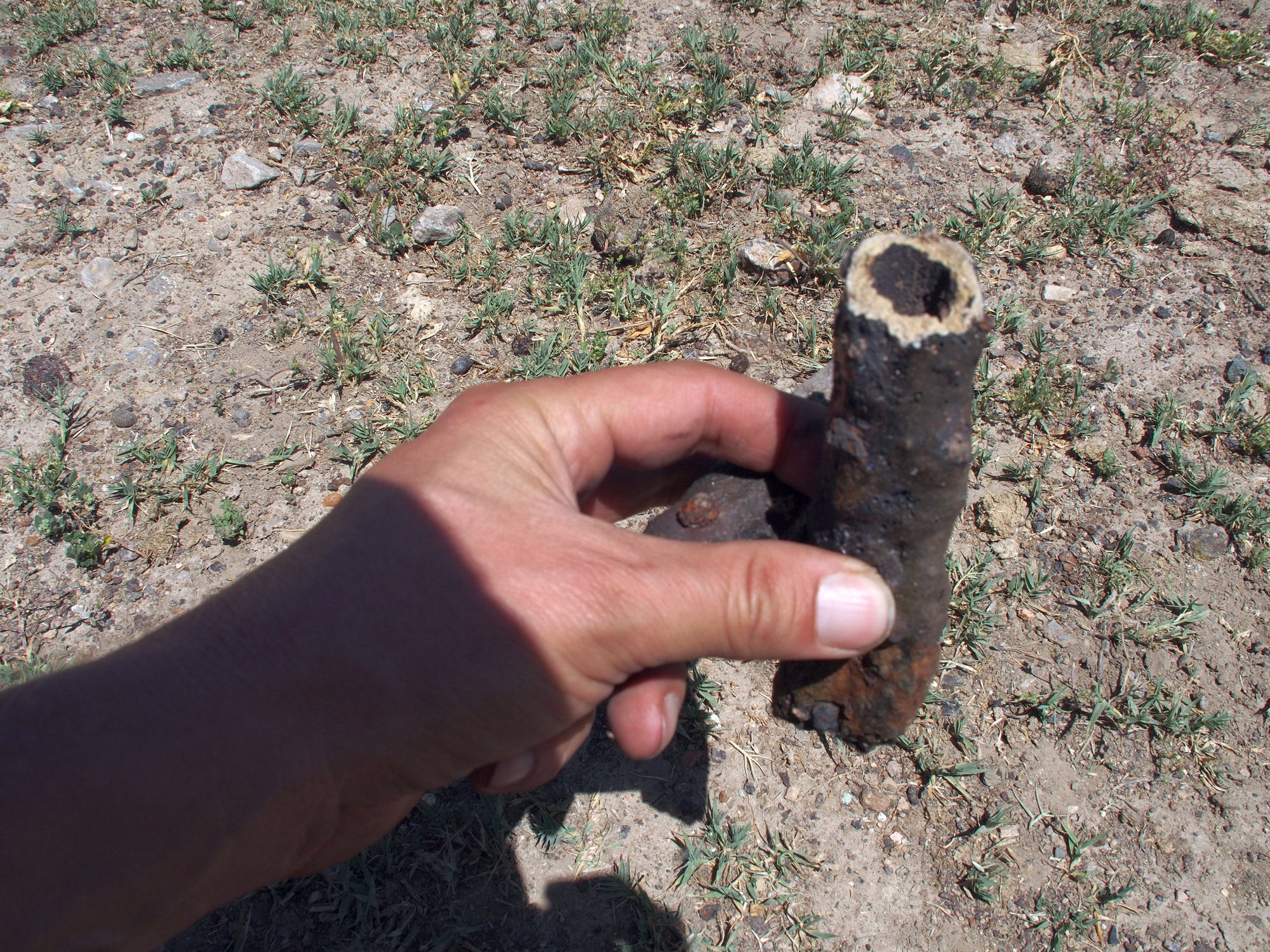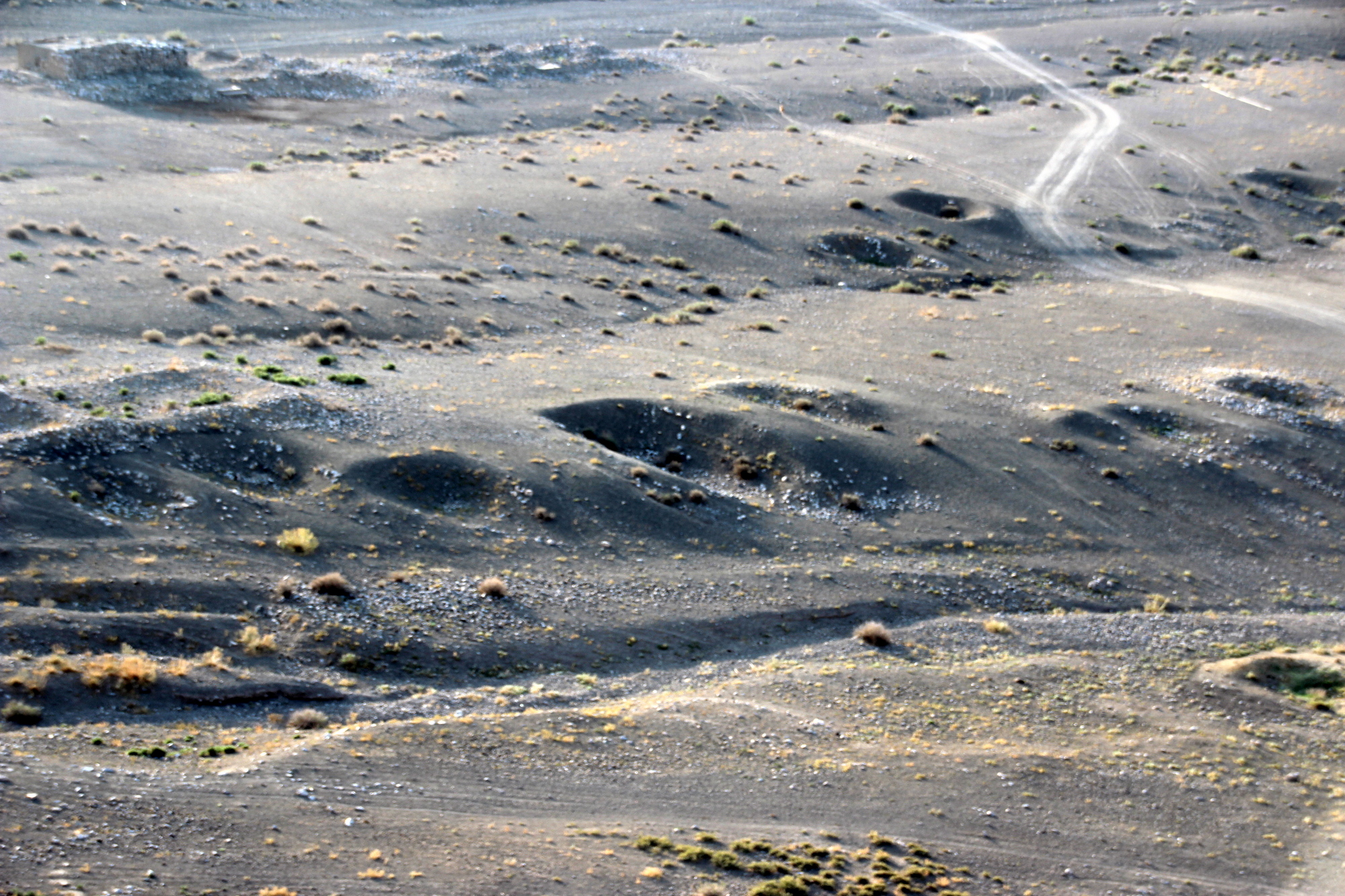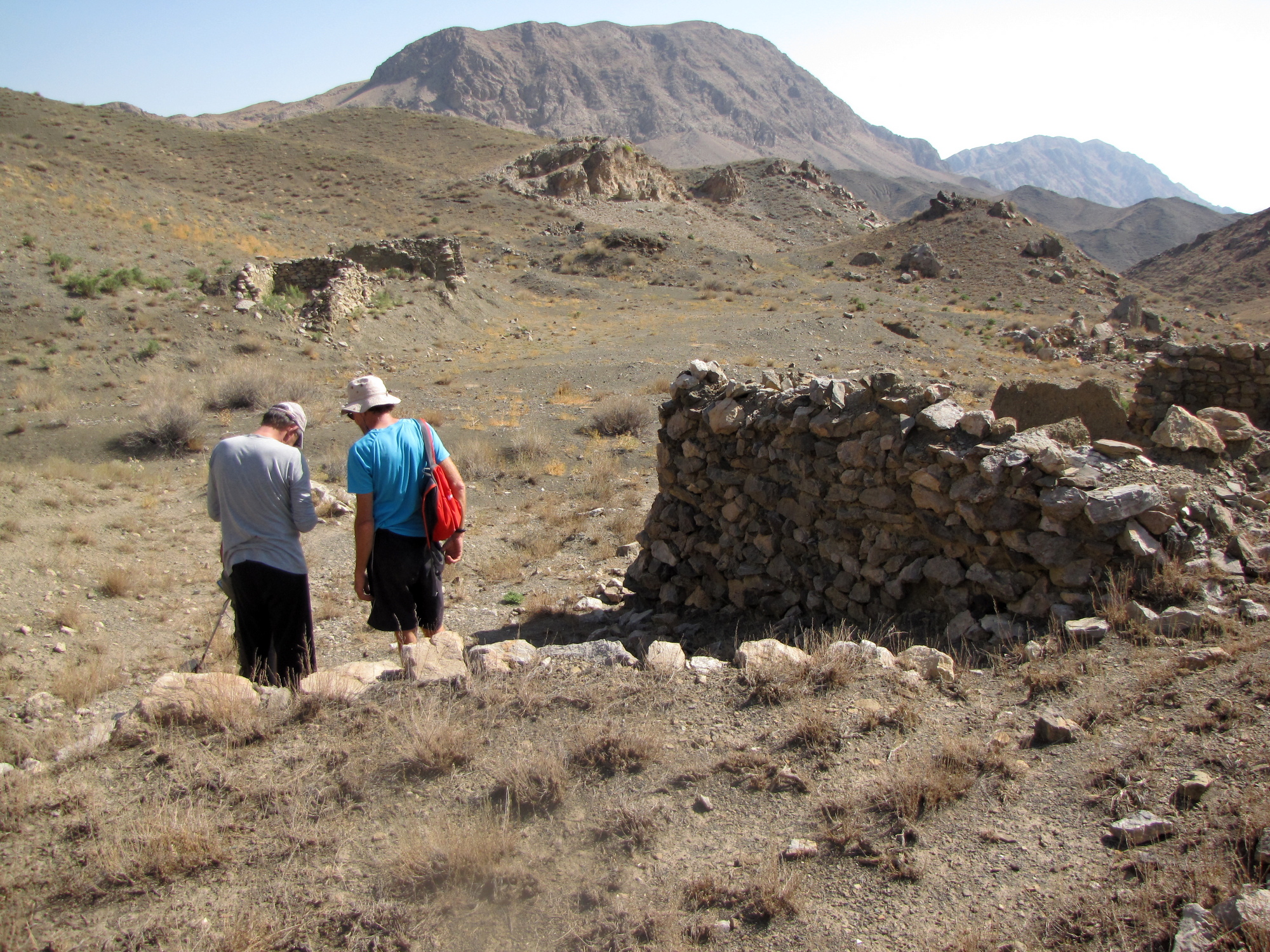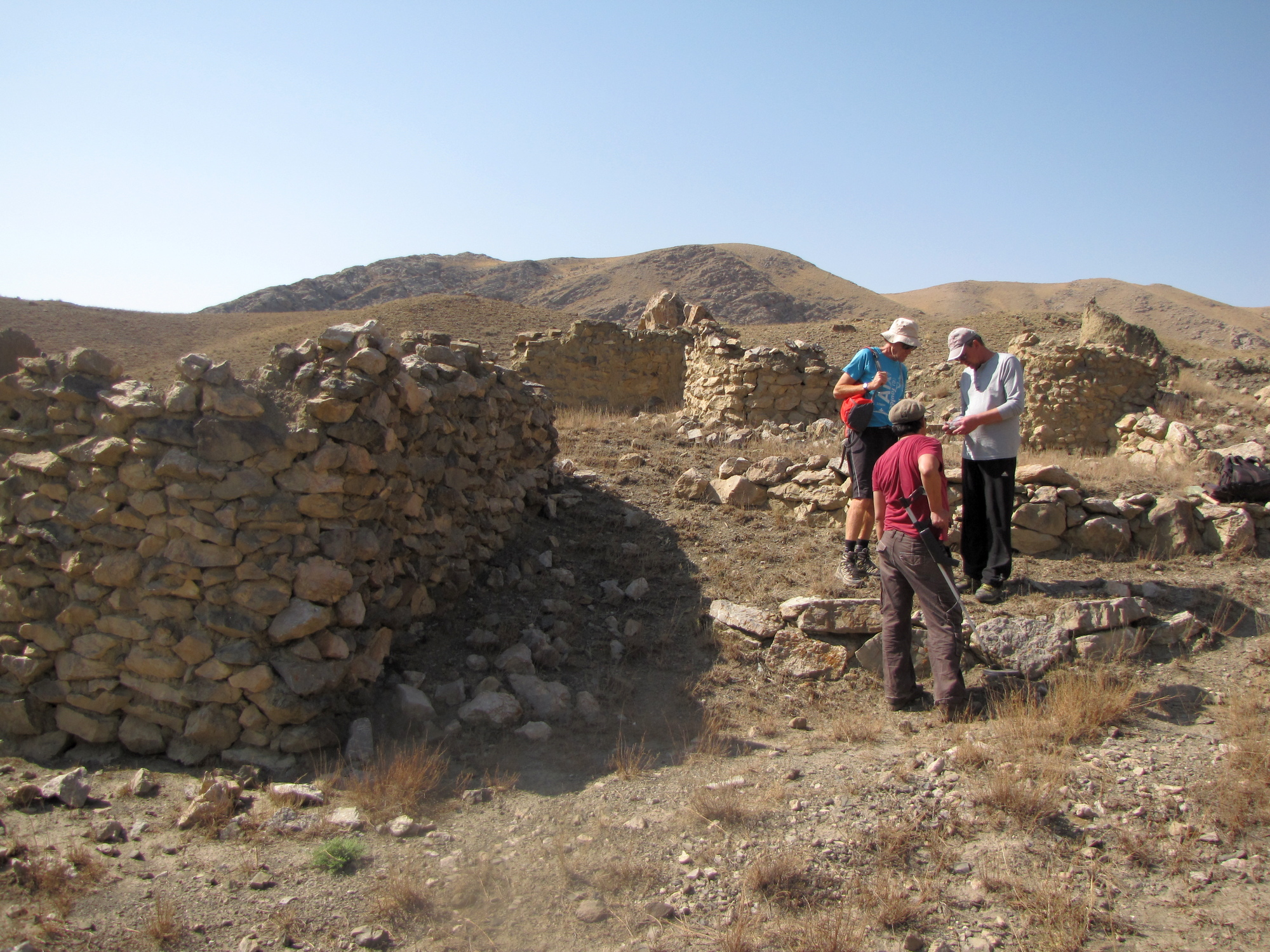An archaeological expedition on the territory of the Madygen Geopark is planned for August 9 – 20, 2024. Historians, archaeologists, speleologists and researchers of ancient mining technologies are invited to the expedition.
The main objects of research are the ancient cave mine Kani-Gut and ancient metallurgical furnaces. These objects have not yet been explored. There are no dates for these objects.
Purpose of the expedition
Study of the ancient cave mine Kani-Gut and associated objects
Objects of historical and cultural heritage are also known on the territory of the geopark in the Batken region. The southern regions of Kyrgyzstan were inhabited by ancient man since the Middle Paleolithic. In the 1950s Yu.A. Zadneprovsky gives a list of archaeological monuments in the Batken, Charku-Lyailyak and Isfanin depressions. In particular, in the vicinity of the village of Kani-Gut, he notes three burial grounds, and the Ravatsky mining settlement south of the Kani-Gut cave functioned from the first centuries of our era until the Middle Ages (Zadneprovsky, 1960). The surroundings of the Kani-Gut cave were later examined only as part of short-term exploration by archaeologists A. Sulaymanova in 2020, and A. Abdykanova in 2021. The cave itself has been little studied archaeologically, although it is of great interest from the point of view of the history of culture and the development of civilization (Masson, 1971). In the vicinity of the cave, there are a number of ancient metallurgical complexes, where the remains of ancient furnaces that were intended for smelting metal have been preserved. The creation of an archaeological map of the geopark area and the restoration of smelting furnaces and other objects based on the results of archaeological work will increase the tourism potential of the region and the awareness of local communities about the presence and diversity of historical and cultural heritage sites.
These goals can be achieved in two stages:
- Archaeological exploration of the geopark territory, including the Kani-Gut cave and its surroundings;
Archaeological excavations and analytical work followed by restoration.
In the southwestern region of Kyrgyzstan, northwest of Batken and 18 kilometers from the village of Samarkandek, on the slope of the Takta-Boz ridge, perhaps the most legendary and most mysterious cave of Central Asia, Kani-Gut, is located. Once upon a time, the territory of Southern Kyrgyzstan, where the cave is located, was part of a vast cultural area in the basin of the Amu Darya (Jeyhun) and Syr Darya (Seyhun) rivers and was called Maverannahr.
The history of the cave is closely connected with the history of Central Asia. It reached the height of its fame in the 10th-11th centuries, when it became a center for the mining of silver and other minerals. Gradually, the mined-out deposit became empty, forgotten, and only a gloomy dungeon remained, which they began to call, not without reason, the “Mine of Perdition.”
The first information about Kani-Guta is available in the works of Avicenna (980–1037). He wrote: “The sages have hidden all the gold and ornaments of the world in different places, and it is not easy to take possession of it. So, for example, in the country of Maverannahr there is a city lying among the mountains named Isfara. In his area there is a place called Gut. The sages left treasures in that place and cast a spell on them.” On a larger scale, scientific study of this cave began to be carried out only under Soviet rule.
The first speleological expedition, which made a significant step in the study of the mysterious cave, was organized in 1972. Unfortunately, due to lack of time, speleologists were unable to make an accurate topographical survey of the cave.
Later, in 2008, 2017, the cave was studied by speleologists, but not by archaeologists. The assumption was confirmed that large halls and a number of chasms of natural origin are associated with karst processes. Various processes “worked” successively in the cave. First, hydrothermokarst cavities formed, partially or completely filled with ore bodies of different compositions; then cavities appeared associated with cold karst waters, and later a man appeared there, who cleared the ancient caves of ore filler, “restoring” their original shape, and then also changing it with mining workings.
Experts attribute the origin of mining in Central Asia to the Stone Age. In the matter of accurately detecting rich and easy-to-dress ores of various metals, our ancestors achieved such perfection that their skill causes sincere amazement to today’s mining engineers. We can only guess what methods the first ore miners used, because until the Middle Ages there were practically no textbooks or manuals on mining.
Naturally, we can assume that the ancient miners focused mainly on rich and fusible ores – only this could justify the enormous amount of time spent digging ancient mine workings.
For a long time, the cave was mainly studied by speleologists and geologists. Archaeological research has not been carried out in the cave and its surroundings. Without archaeological research, reconstruction of historical events and the evolution of ancient mining technologies, the Kani-Gut cave will remain unexplored.
Archaeological research will help to understand the basic mining techniques of ancient miners. It is possible that medieval miners already had a sufficient understanding of both the skills of developing iron ores and rock pressure, which causes endless debate among experts.
Kani-Gut is not only a landmark, but also an object of scrupulous study; it is a scientific testing ground where certain problems of geological science can be solved.
Kani-Gut is a unique historical monument on which comprehensive archaeological research has never been carried out, but this is a huge layer of the history of the development of mining. The works will make it possible to become more familiar with the early medieval culture on the territory of the geopark and will help to visualize the interpenetration and development of cultures that were the basis of the Islamic Renaissance. It is also promising to create a museum complex inside the facility.
In the vicinity of the cave there are various historical monuments: ancient stone ruins, which are possibly associated with the Kani-Gut mine, and even more ancient traces of buildings in the form of dugouts.
The next archaeological site on the territory of the geopark is ancient furnaces for smelting metal. This is a ready-made open-air museum complex. To date, the age of these furnaces has not been established. But historians associate them with the 9th-10th centuries. Archaeological work on the study and conservation of these objects will make it possible to turn the geopark not only into a geological, but also a historical museum. Comprehensive archaeological research of this territory will allow students of Batken University to gain practical skills in scientific research and open new pages in the history of Kyrgyzstan and all of Central Asia.
The museum’s exposition can be replenished with finds from excavations. Local residents accidentally find unique artifacts, which, unfortunately, do not always reach the country’s museums.
Brief preliminary outline. Expedition plans to Kani-Gut
